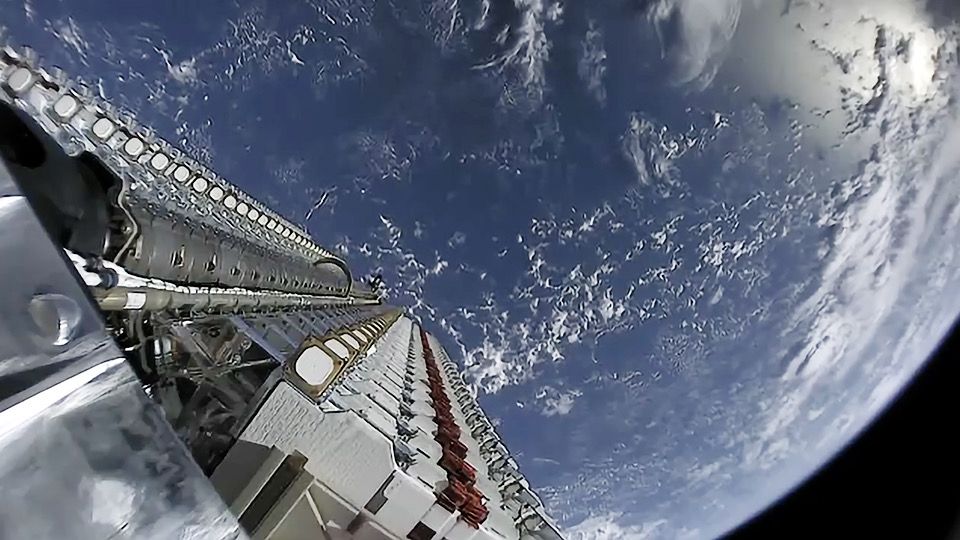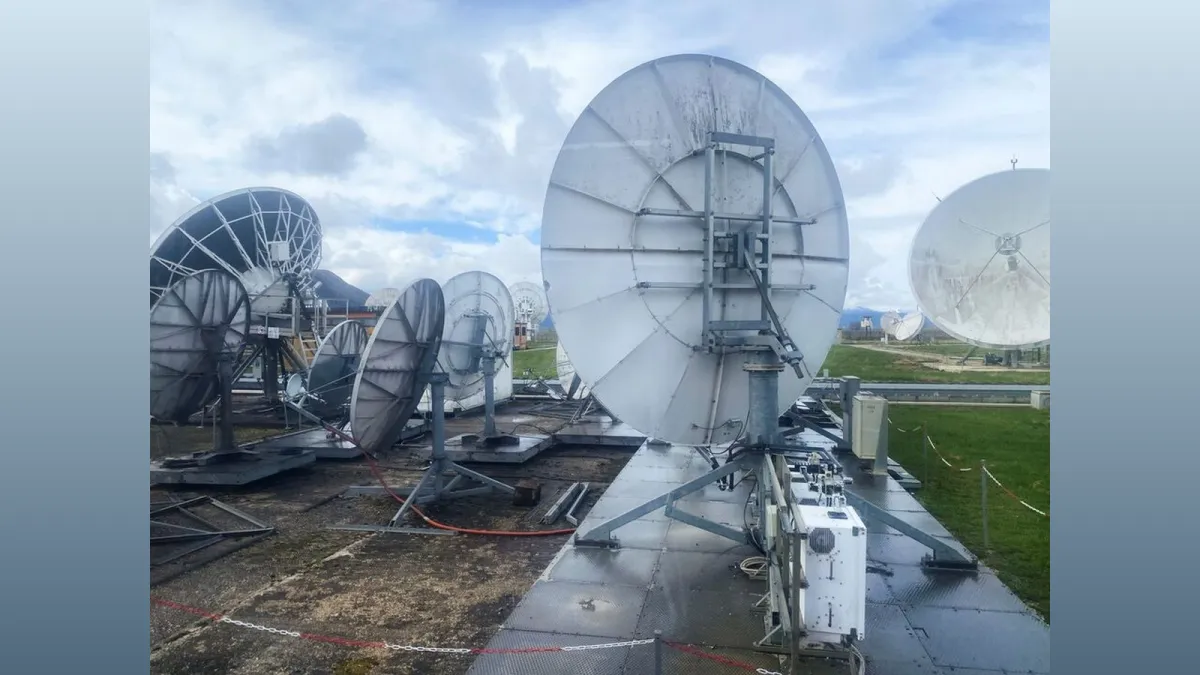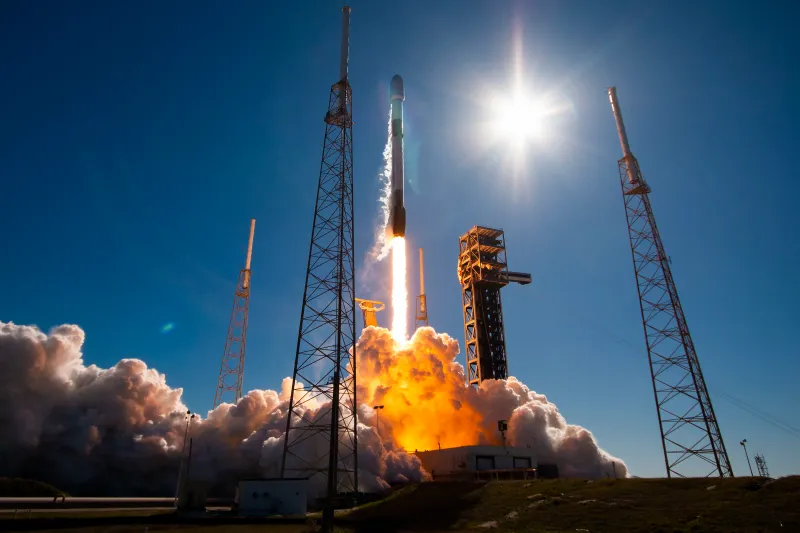In a groundbreaking move that marks a new era of technological advancement in Bangladesh, SpaceX, the American aerospace company led by Elon Musk, is set to begin satellite operations in the country by May. This development is expected to revolutionize internet connectivity across Bangladesh, particularly in rural and remote areas where traditional infrastructure has long struggled to reach.
Bridging the Digital Divide
For years, Bangladesh has made steady progress in digital transformation. The government’s vision of a “Digital Bangladesh” has paved the way for significant improvements in technology adoption, e-governance, and ICT-based services. However, one of the persistent challenges has been ensuring reliable internet access in rural and hard-to-reach areas.
That is where SpaceX’s satellite internet service, Starlink, comes into play. Using a constellation of low-Earth orbit (LEO) satellites, Starlink provides high-speed internet with minimal latency, bypassing the need for fiber-optic cables or mobile towers. This is especially beneficial for a country like Bangladesh, which has over 60% of its population living in rural areas.
Once operational in May, Starlink’s presence in Bangladesh is expected to empower students, businesses, hospitals, and government agencies with consistent and fast internet — no matter how remote the location.
Strategic Launch Timing
According to sources close to the Bangladesh Telecommunication Regulatory Commission (BTRC), SpaceX received provisional approval earlier this year to start its services. Technical groundwork, import of equipment, and initial testing have already taken place. The month of May was strategically chosen to align with the end of the dry season, ensuring easier logistical operations for installing ground terminals and user kits.
Officials from the ICT Division have expressed optimism, calling it a “turning point” in the country’s digital journey. They believe Starlink’s services will not only boost connectivity but also inspire competition among local internet providers to improve their services and pricing models.
What Starlink Offers
Starlink differs from traditional satellite internet in both performance and reliability. Unlike geostationary satellites that orbit at 35,000 kilometers above Earth, Starlink’s LEO satellites operate at altitudes of around 550 kilometers. This significantly reduces signal travel time, resulting in low-latency communication — a major requirement for activities like video conferencing, online education, and e-commerce.
In practical terms, users in Bangladesh can expect download speeds of 50 to 150 Mbps, depending on location and weather conditions. For many rural areas where 3G or even 2G networks are the norm, this will be a dramatic leap forward.
Economic and Social Impact
The economic implications of such connectivity are massive. From small businesses gaining access to digital marketplaces to farmers using real-time weather data and GPS-based farming tools, the ripple effect of improved internet will be felt across sectors.
Educational institutions, especially in rural districts, will be able to adopt hybrid learning models more effectively. Telemedicine services can extend their reach to remote clinics, providing timely health consultations and diagnostics to people who previously had to travel miles for a checkup.
Additionally, emergency services will benefit from more reliable communication infrastructure. Natural disasters such as floods and cyclones are not uncommon in Bangladesh, and real-time updates can play a critical role in evacuation planning and relief distribution.
Concerns and Challenges
Despite the promise, there are some concerns regarding affordability and sustainability. Currently, Starlink’s service isn’t cheap. The user kit, which includes a satellite dish and modem, costs several hundred dollars, and the monthly subscription fee could be a barrier for many in lower-income households.
To mitigate this, discussions are underway between SpaceX representatives and the Bangladesh government on potential subsidies or public-private partnerships. There’s also talk of community centers and public institutions being prioritized for the first phase of deployment to ensure the benefits are spread widely.
Moreover, there are regulatory hurdles related to frequency spectrum usage and integration with the country’s existing telecom ecosystem. However, with both parties showing a willingness to collaborate, these challenges are expected to be addressed in a timely manner.
A Step Towards Technological Sovereignty
Bangladesh has already made strides in space technology with the successful launch of its own satellite, Bangabandhu-1, in 2018. The arrival of Starlink complements that achievement by showcasing how international partnerships can enhance local capabilities. In the long run, collaborations like this can serve as learning opportunities for Bangladesh to further its own satellite ambitions, both for communication and Earth observation purposes.
Looking Ahead
As the world becomes increasingly interconnected, digital access is no longer a luxury but a necessity. The launch of SpaceX’s satellite services in Bangladesh is not just a technological milestone — it’s a leap toward inclusivity, empowerment, and innovation.
For a young, dynamic population eager to embrace the digital world, Starlink’s arrival by May signals a new dawn. Whether it’s a farmer in Rajshahi using online tools to improve crop yields or a student in Khulna attending a virtual classroom, the possibilities are vast and inspiring.



